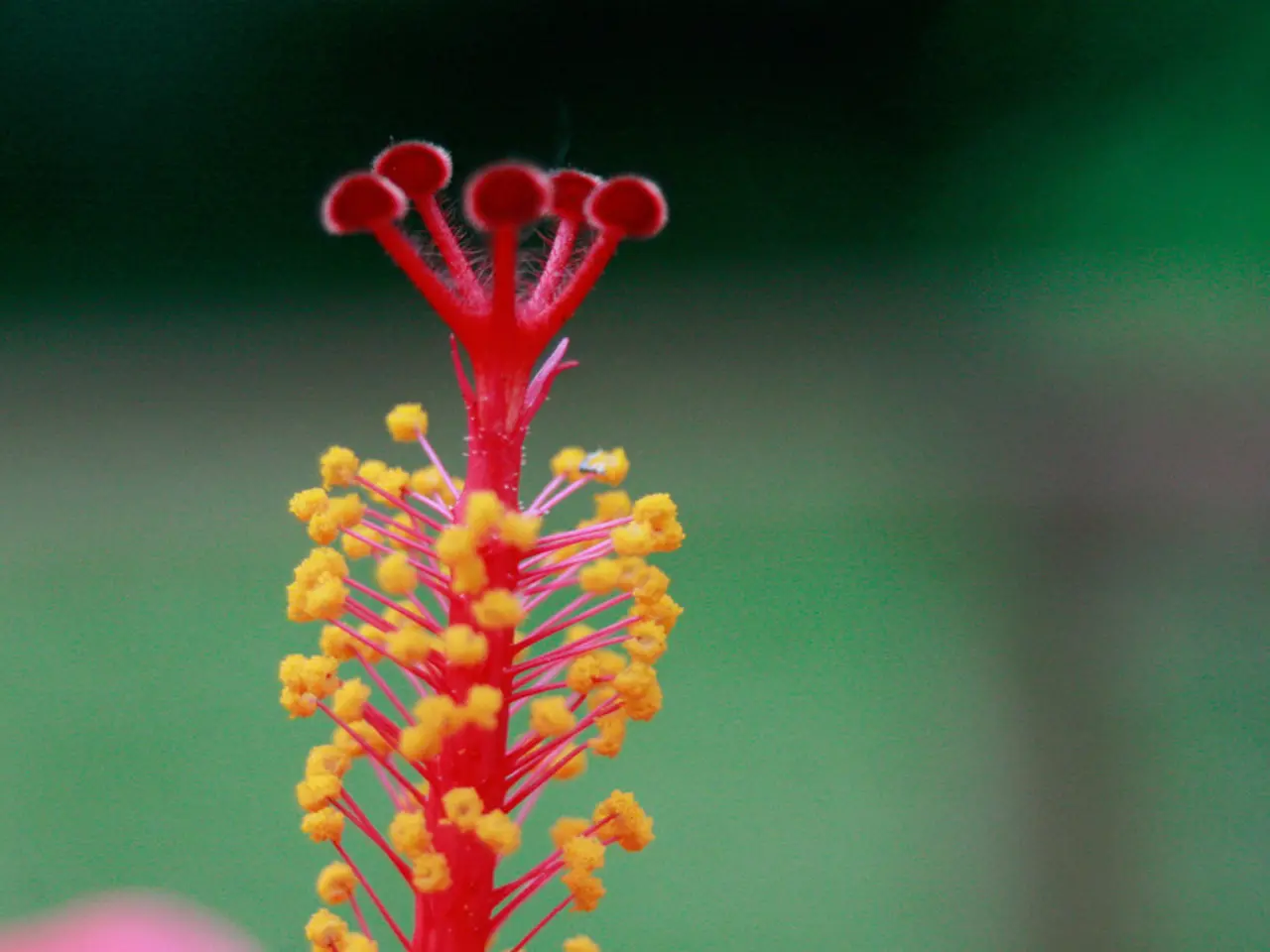Exemptions for Certain Genetically Engineered Pest Control Agents (PIPs) Developed by Novel Technologies
EPA Issues Exemption for Certain Plant-Incorporated Protectants Derived from Newer Technologies
On August 31, 2020, the Environmental Protection Agency (EPA) submitted a document titled "Pesticides; Exemptions of Certain Plant-Incorporated Protectants (PIPs) Derived from Newer Technologies (pdf)" for publication in the Federal Register (FR). This document, however, does not carry the force of law.
The document outlines an exemption for certain Plant-Incorporated Protectants (PIPs) produced through newer biotechnology methods, such as gene editing, diverging from traditional genetic modification. This exemption aims to streamline regulatory oversight for PIPs that pose lower risks due to their mode of development and safety profiles.
The EPA issued this exemption under the Federal Insecticide, Fungicide, and Rodenticide Act (FIFRA). PIPs that meet specific criteria, including being derived from sexually compatible plants or techniques considered less likely to introduce foreign DNA, not being plant pests or pest-derived sequences themselves, and demonstrating a low risk to human health and the environment, may be exempted from registration.
This regulatory action is part of the EPA’s efforts to update policies to reflect advances in biotechnology and to reduce regulatory burdens for products posing minimal risk, thereby encouraging innovation in sustainable agriculture. This facilitates the use of newer biotechnological tools in developing pest-resistant crops without the full registration process previously required for PIPs produced by genetic engineering.
Despite the document's publication in the Federal Register, it does not automatically bind anyone to any new policies or regulations regarding PIPs derived from newer technologies. Moreover, its publication does not imply immediate enforcement of any new policies or regulations.
The EPA is providing this document solely for the convenience of interested parties, and it is not a legal requirement for the EPA or for any interested parties. The document's size is 1008.96 KB.
It is essential to note that this exemption is distinct from other ongoing regulatory actions the EPA has taken regarding pesticides like dicamba and various inert ingredients, which involve separate tolerance and registration decisions.
For complete legal and technical specifics, interested parties should refer to the EPA’s official regulatory docket or Federal Register notices from that period. As no direct search results precisely detailing the August 31, 2020 PIP exemption were found, this summary synthesizes the known EPA approach to exemptions for biotech PIPs around that date based on regulatory context and typical agency practice.
- This regulatory action by the EPA, as part of their efforts to advance in environmental-science, aims to streamline the regulatory oversight of certain Plant-Incorporated Protectants (PIPs) derived from newer technologies like gene editing, by exempting those that pose lower risks to human health-and-wellness and the environment, thanks to their mode of development and safety profiles.
- The EPA's exemption of certain PIPs derived from newer biotechnology methods not only reflects the agency's commitment to the evolution of science but also seeks to encourage innovation in sustainable agriculture, by reducing regulatory burdens for products with minimal risk, particularly those developed using sexually compatible plants or techniques less likely to introduce foreign DNA.




